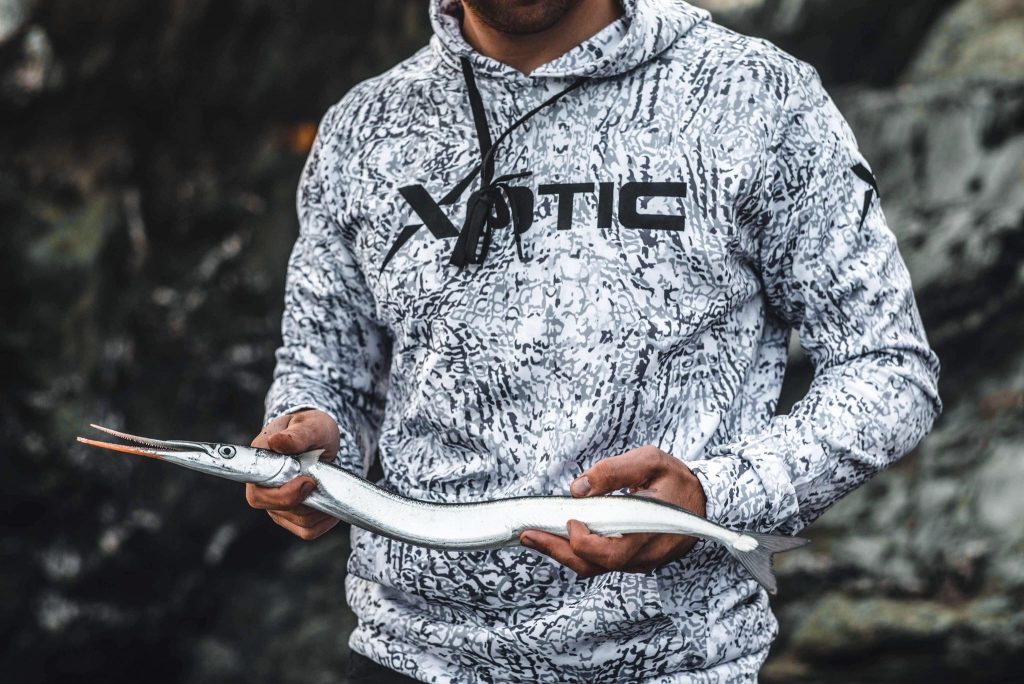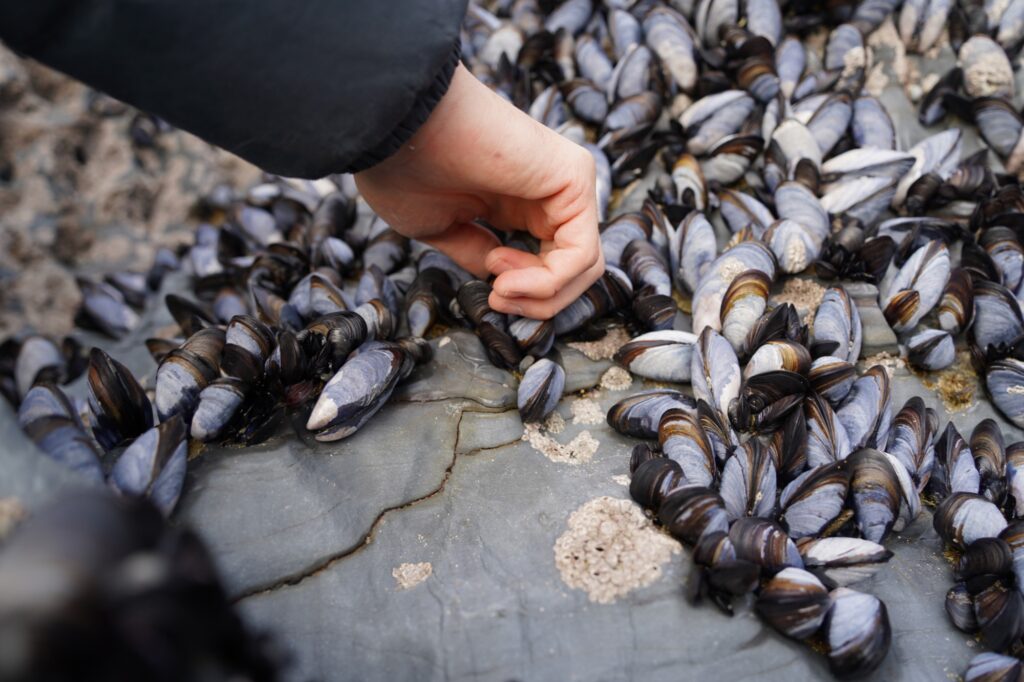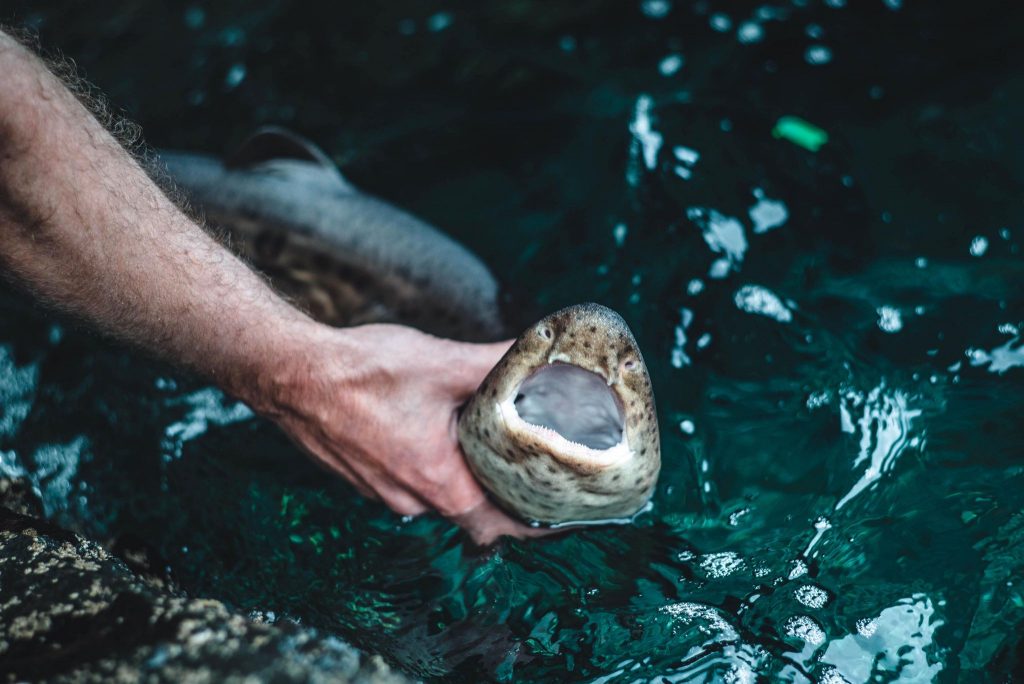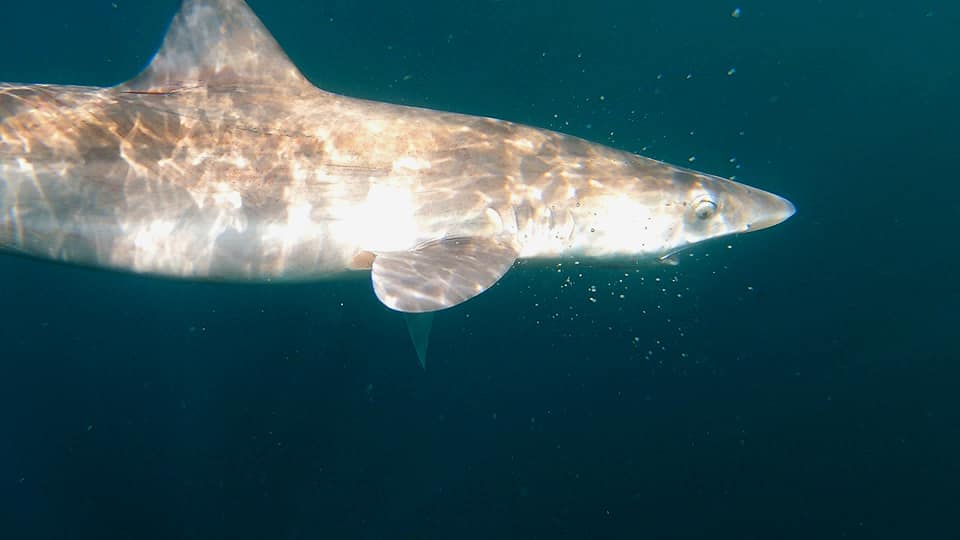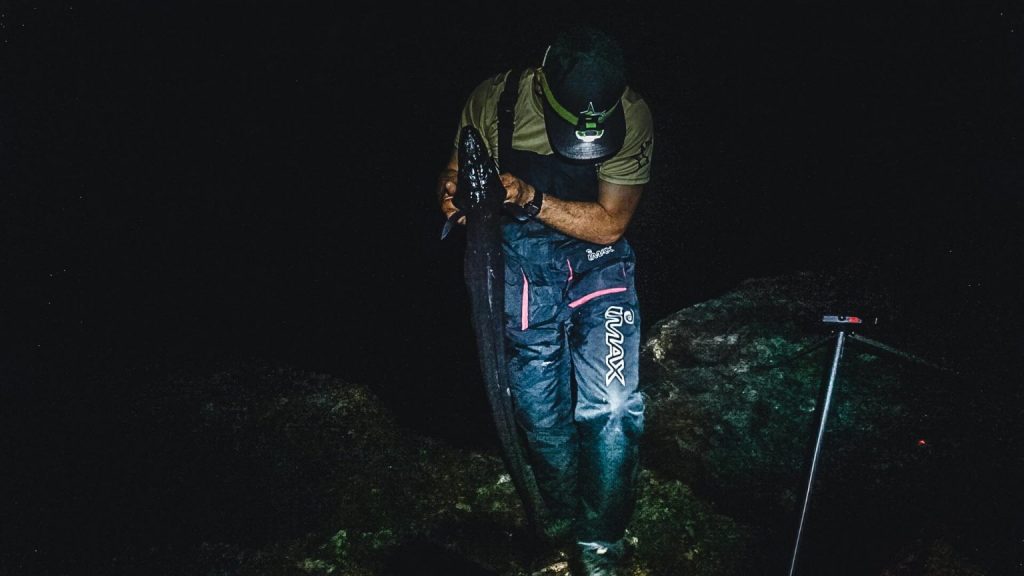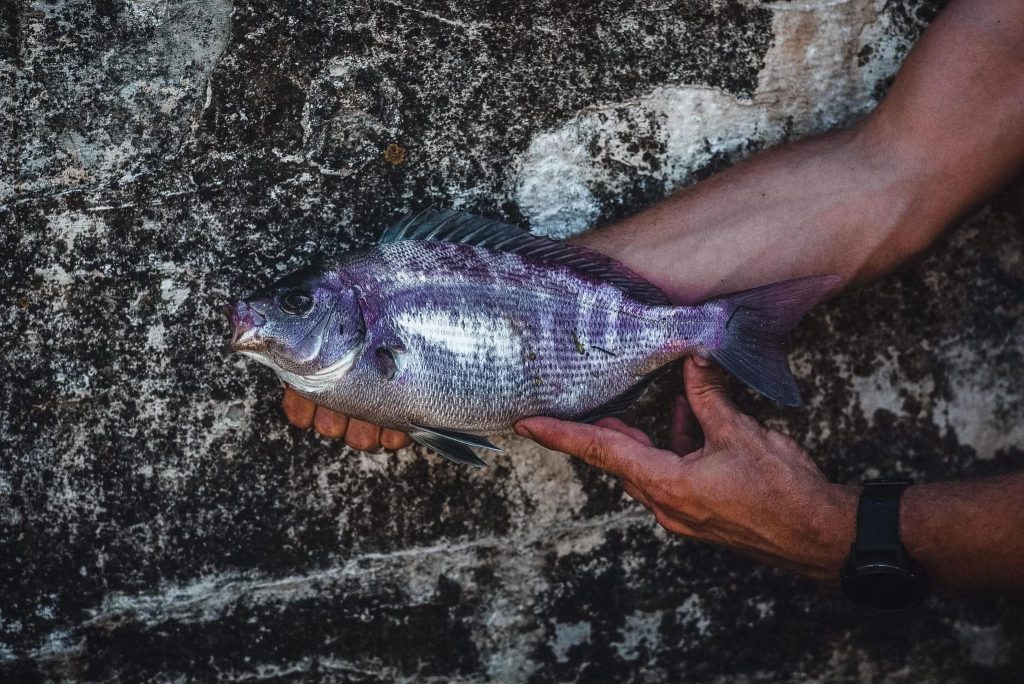
Bream Fishing Tips
Bream can be a challenging fish to locate and catch if you don’t live by a south coast estuary, but the fight and beauty of these fish makes the preparation you go through worth it. Whether you’re targeting bream from shore with bait or lures or fishing from a boat, this species is well worth targeting.
FISHMAG is an Amazon Affiliate and earns commission from sales at no cost to you.
Species of Bream caught in the UK include Red Bream, Gilthead and Couches, though the Black and Red Bream are the most common. Red bream are caught as far north as Norway, and you’ll see the Black Bream or ‘Sea Bream’ labelled as ‘Dorado’ in fish mongers throughout the Mediterranean. Most bream are caught offshore over rocky ground, or in estuaries on the south of the British isles.

Bream fishing set up
You can target bream with a light spinning rod, a very light boat rod or else with a beach caster. We have full guides on choosing these (linked above), but just bear in mind for bream you want maximum sensitivity for feeling bites, and a tip that’s preferably not so soft you can’t set the hook. A tubular rather than solid tipped spinning rod would be best for spinning. For those using beach casters, for instance from Chesil beach, you want the lightest one you feel comfortable using. 4oz max would be great.
The simplest method of all is to use Sabaki feathers (mackerel feathers with smaller hooks) and tip them with squid or rag worm. As a shoaling fish, bream love this presentation, even though it may seem basic.
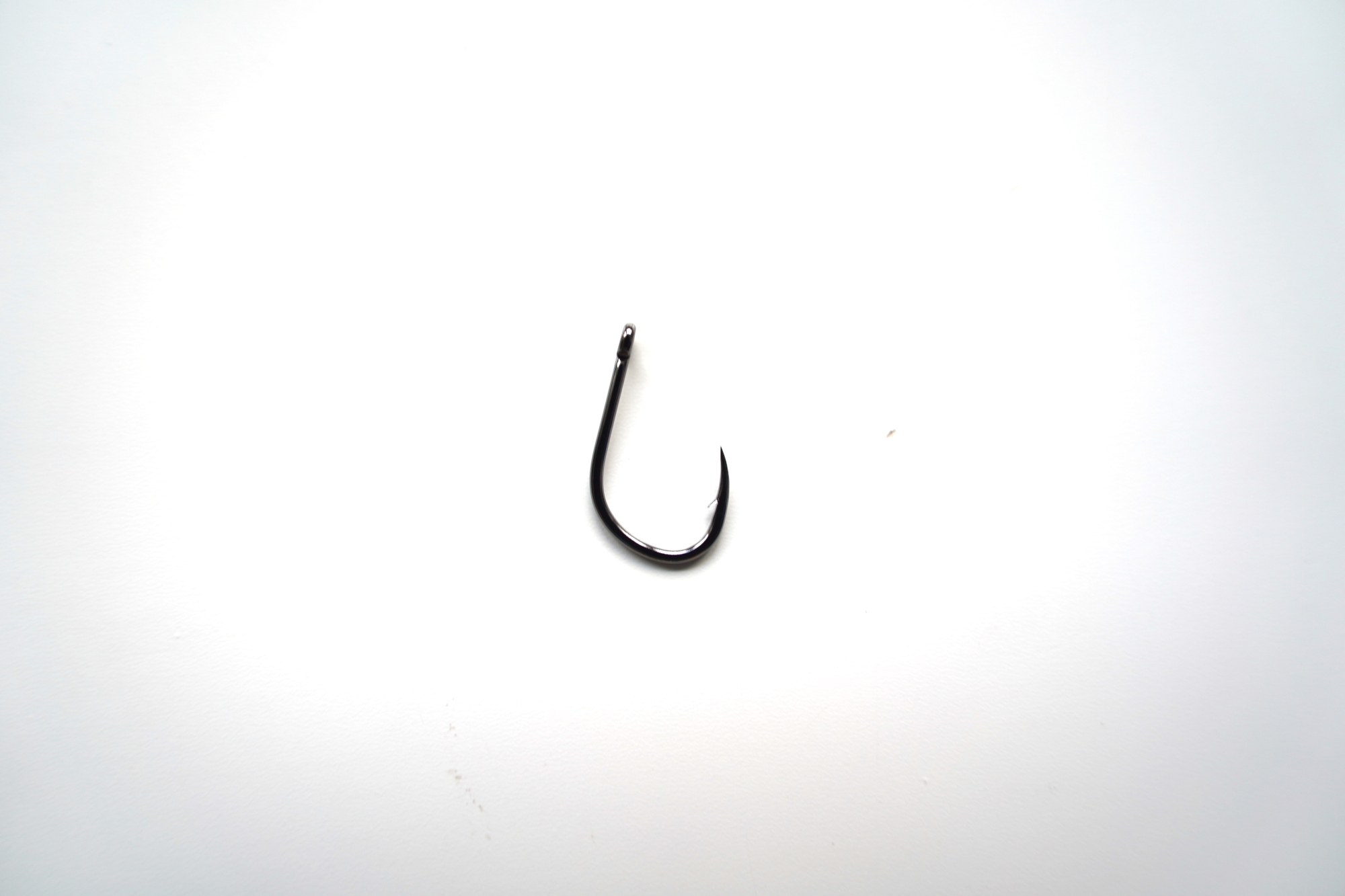
Bream fishing hacks
The best bream hooks are size 4 Iseama Ringed Hooks
If you’re hoping to catch black bream, you’d better have some small and very strong hooks ready and your wits about you.
Bream have teeth that are capable of removing crustaceans and shellfish from the sides of rocks and munching them into digestible pulp. They make short work of baits and fishing for them often involves a lot of rigging on new baits after the previous ones have been annihilated.
You do need to strike bream bites
This species hits baits hard, like a machine gun and runs with them so aggressively that you might think you’ve hooked something far larger. They move fast, and nip at lures and baits like piranhas, in fast-moving shoals. But they aren’t easy to catch.
You do need to strike and stay present to hook into these fish. They have a tendency to leave bite marks all over your baits while managing to avoid the hook themselves – they do not engulf lures like a bass or pollack, instead, they drill and peck at baits like a woodpecker. When you feel the drill of a bream, you want to sharply lift your rod a couple of feet to set the hook.
Bream fishing season is late may to the end of september
This is a summertime species that move in from warmer seas. Nearly all species of bream are found in the tropics or subtropics. In the south they come earlier and leave later. In Cardigan bay they don’t rock up till mid June and leave I September. On the Dorset coast they may be caught into October.
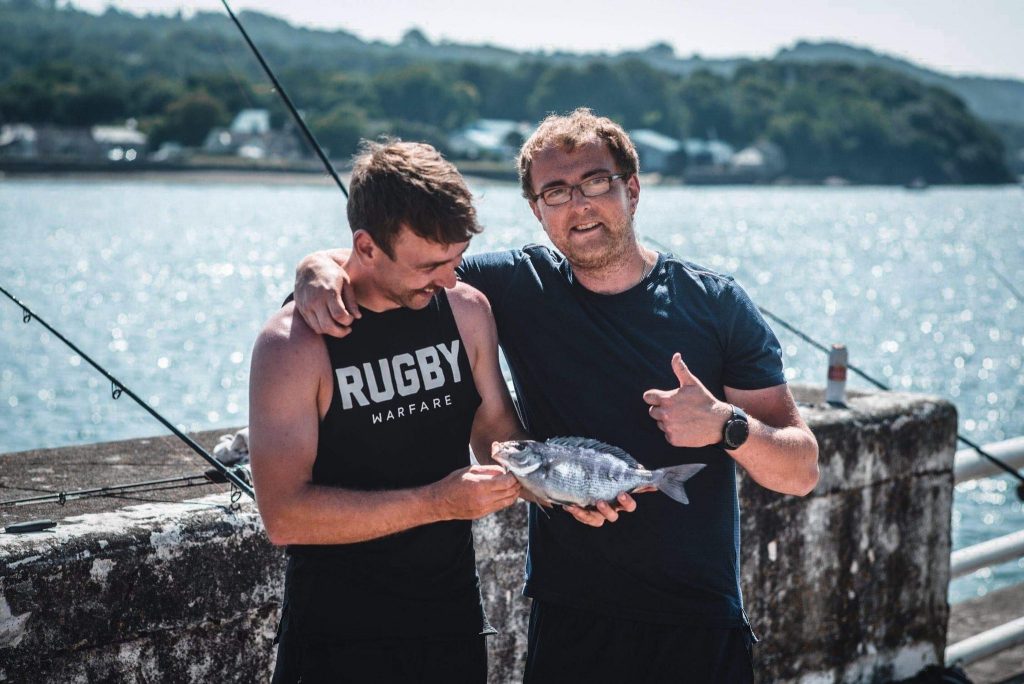
Boat fishing for bream makes it a lot easier to locate fish and set the hook
It’s far, far easier to fish for bream from a small boat, and easier still with someone that is experienced and has already worked out the marks and timings for you! Just drop worm or squid baits on paternoster rigs on the edge of some hard structure, like a wreck, reef or area of rough ground, and you’re in for a chance at these fish. If have ever been diving, you may have seen bream patrolling the waters just above the rough ground, in cautious-looking small shoals. They use this ground for cover and protection and feed on the crustaceans that are scurrying about amongst it all.
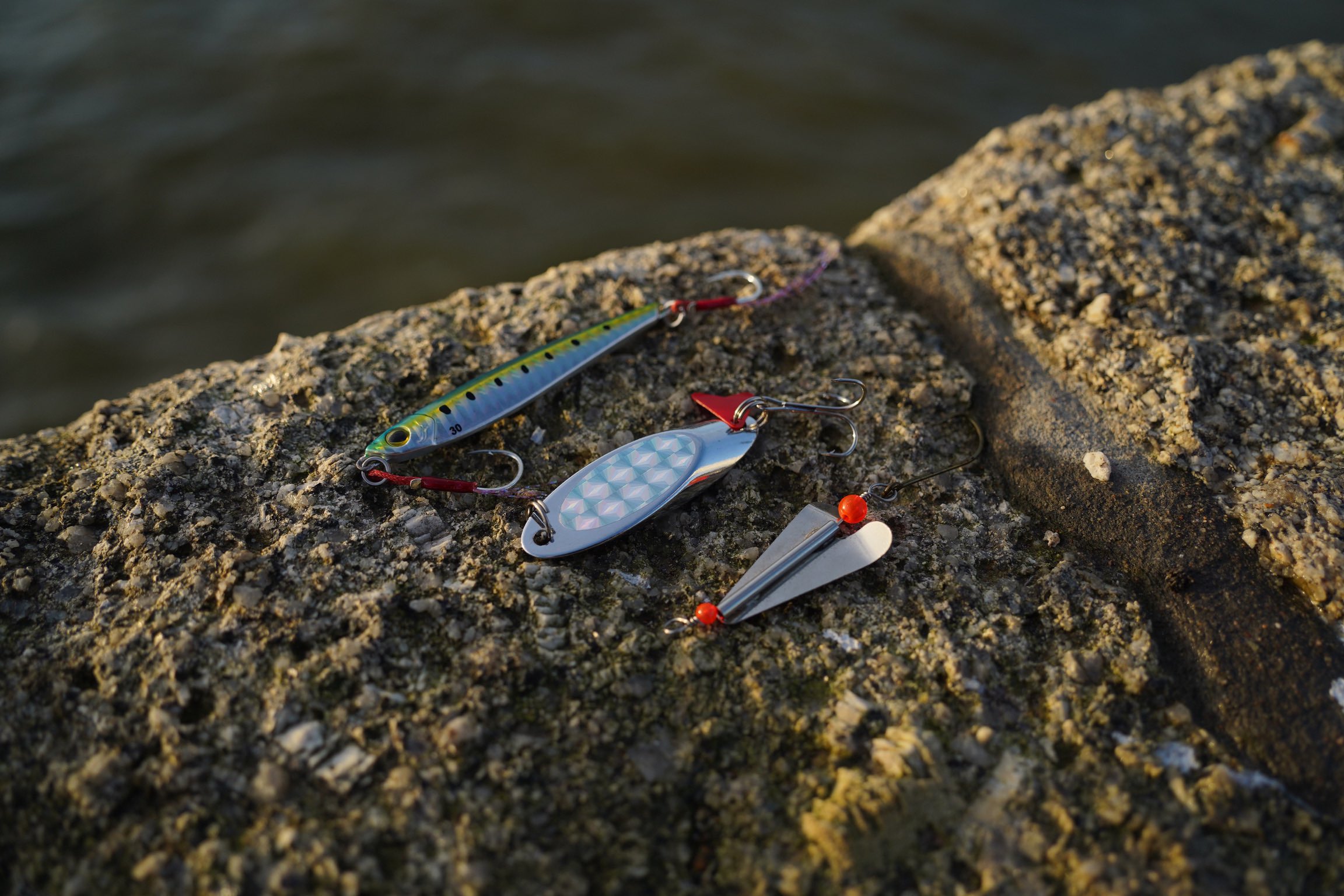
Casting jigs tipped with worms are the best lures for bream
The best lure for bream is a very small 7g casting jig tipped with an inch of ragworm – not too much or they will just nip at the end and miss the hook. If you really are fishing over rough ground though, this will lead to lots of snagging. So, I personally would opt for a 2-inch straight tail on a small weedless hook with the hook point just about poking out of the lure, on a drop shot rig. In other words, I’d use the same kind of lure set-up you might use to catch perch in fresh water. If you’re a more traditional angler and aren’t using a normal sea fishing kit rather than super lightweight rods that can cast 7g lures, you can still use this rig because you can just increase the size of the weight on your drop shot rig without increasing the size of your lures. You could also try using a small Mepps spinner or set of sabikis with the smallest lead weight you can to minimise disturbance. Tipping them with squid or ragworm is still a great idea.
They can also be caught on lures with light game methods, but are tough to catch with traditional spinners like the dexter wedge because the lure and hook sizes are usually too large. To lure fish for bream, you need to keep your casting jig or spinner deep in the water, lifting it up over or near rough ground until you feel the characteristic ‘rattle’ has a fish hits your lure. Tipping your spinner with ragworm or a worm imitation is a very good idea. T
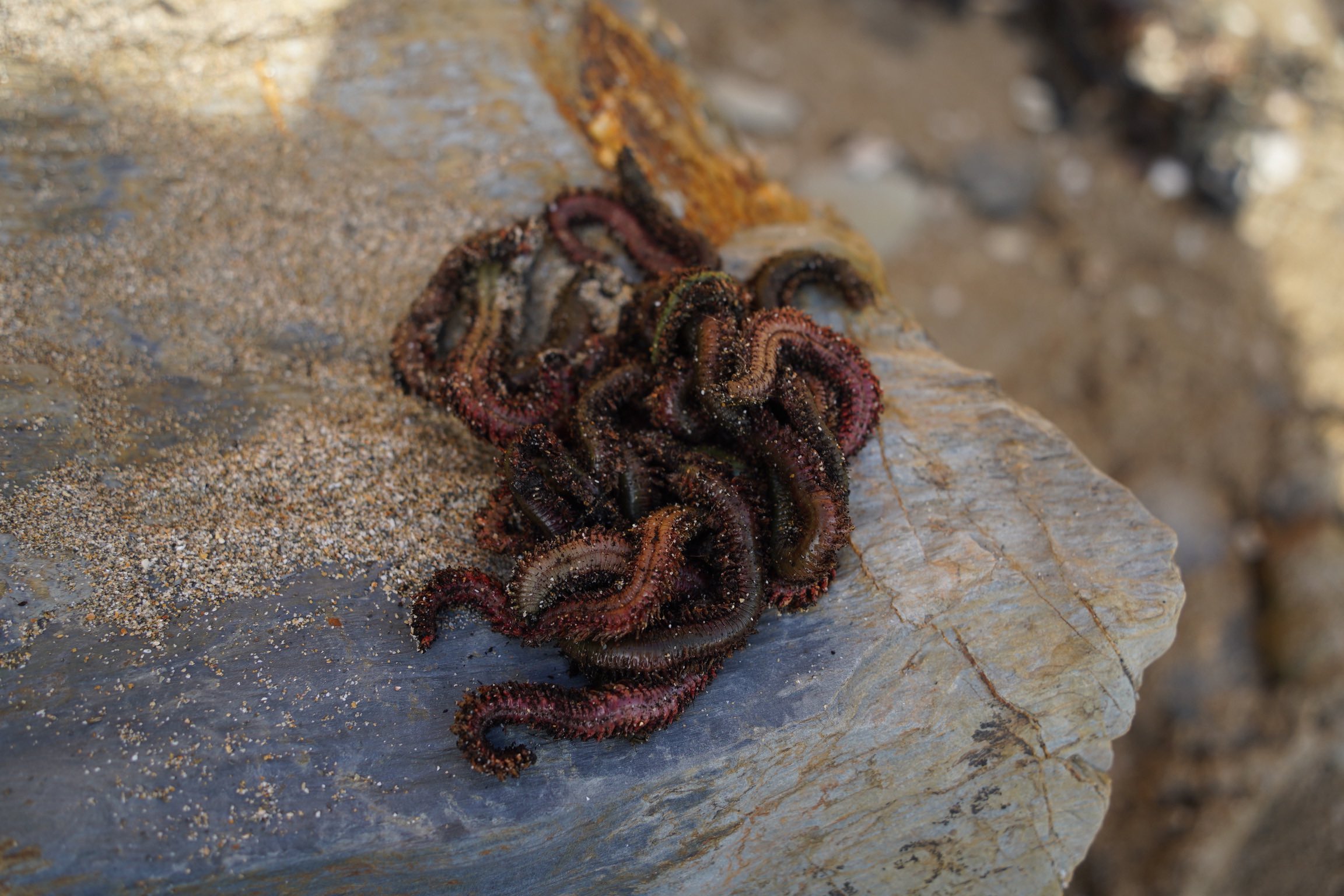
The best bait for bream is rag worm tipped with squid o
Bream can be caught on float gear and bottom fishing rigs with baits. The best bait for black bream is ragworm tipped with squid, and the best lures are those which have small enough hooks to fit in their mouths, with the strength to hold up in the serious fight these fish give. The squid will just help keep the worm on the hook when bream are annihilating it.

